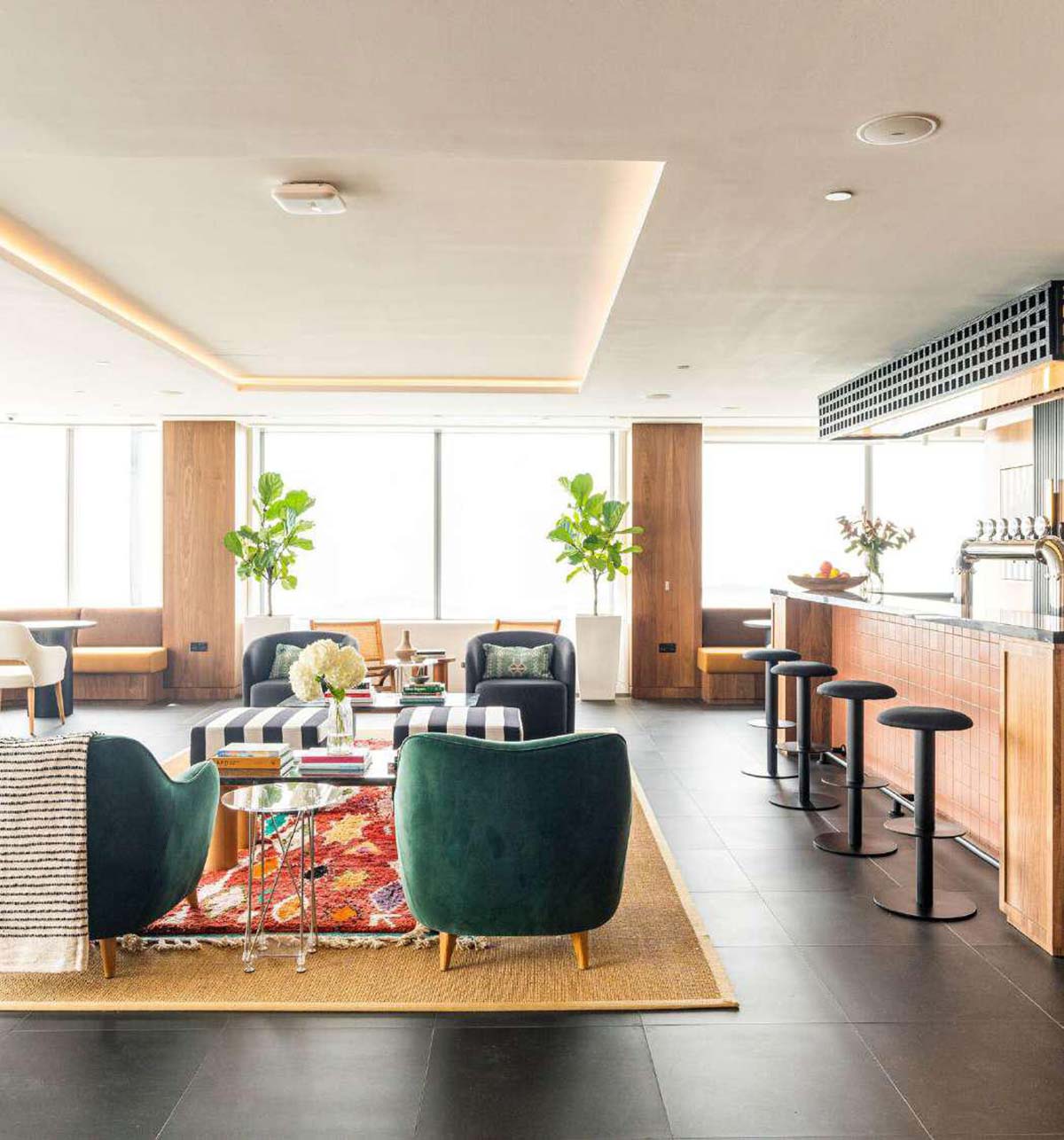The office of the past no longer exists. This is clear to anyone who has recently crossed the threshold of a workplace. Open-plan areas and spaces with windows instead of closed, separate rooms; equal working positions shared by all instead of personal desks with family photos. Also due to greater fluidity between working methods inside and outside the office, corporate and professional facilities bear an increasing resemblance to coworking spaces.

Relying on the first Global Office Trends report conducted by the world leader in the supply of flexible spaces, WeWork, it appears that the very concept of the “office” has evolved widely, also as a result of generational turnover in progress, and the new expectations of younger employees. Spaces for breaks, contact with colleagues and relaxation are very popular, and they are seen as fundamental to create an informal, dynamic atmosphere (shared areas and lounges now account for 19.3% of new office facilities, with respect to 12% prior to the pandemic). Furthermore, today’s offices have lower population density than in the past.


The Global Head of Design of WeWork, Ebbie Wisecarver, comments on the findings of the report: “Employees want a repurposed office for collaboration and social interactions that cannot be achieved at home, while business leaders are increasingly demanding intentionally designed spaces that bolster company culture and productivity. As needs and expectations continue to evolve, the ‘dynamic’ office is a solid bet for business leaders looking to future-proof their workplace strategies.”

But how does all this translate in terms of spatial organization and furnishings? First of all, it implies the necessity of creating spaces for easy reconfiguration depending on functions, thanks to the presence of modular systems and uniform lighting grids that allow companies to change their work settings without added costs. These non-traditional workspaces, the WeWork report explains, are the new asset sought by corporate management, assigning priority to spaces that contribute to boost productivity and the firm’s corporate culture. Speaking of management: from 2018 to 2022 WeWork recorded a drop of 80% in the demand for executive offices.

In this perspective of improved overall wellbeing, ergonomic furnishings are also on the rise: 76% of the companies surveyed require height-adjustable desks, while 80% opt for desks that are larger than the standard size. More and more firms are looking to add design elements that reinforce the brand and contribute to broadcast the company’s identity, underscoring the new purposes of the office: collaboration, social interaction and connection.







